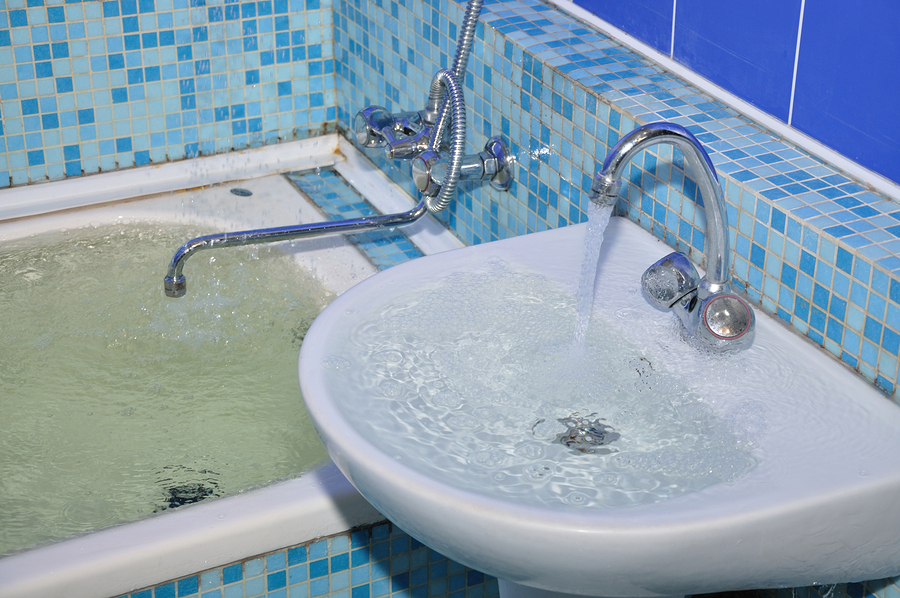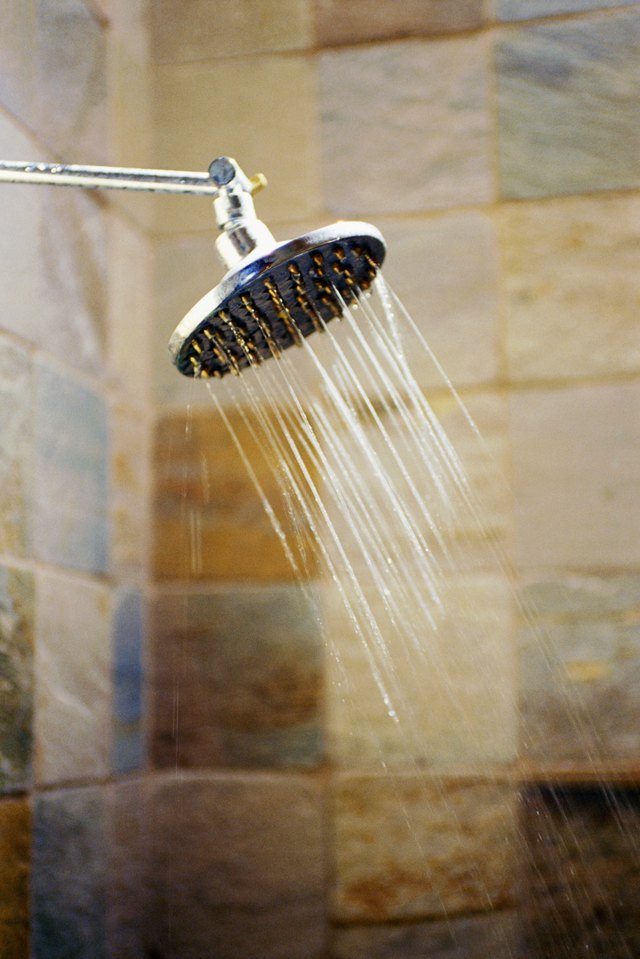They are making a number of good pointers regarding How to Repair and Prevent Bathroom Water Damage? overall in this post which follows.

Water damage frequently takes place in the shower room due to the water used day-to-day. Often, the damage could be a little mold and mildew from the shower. Various other times, it's massive damage on your floor. Whatever it is, it is constantly great to understand the cause and also prevent it before it happens.
This overview will go through a few of the usual causes of water damage in the washroom. We will also examine what you can do to prevent these causes from damaging your restroom. Allow's dive in.
These are the typical factors you would certainly have water damage in your bathrooms as well as just how you can identify them:
Excess Wetness
It's awesome to have that lengthy shower as well as sprinkle water while you dance around and act like you're carrying out, but occasionally these acts can cause water damage to your restroom.
Sprinkling water around can create water to visit corners and develop mold and mildews. Watch exactly how you spread out excess dampness around, and when you do it, clean it up to stop damages.
Fractures in your wall floor tiles
Bathroom wall surface tiles have actually been particularly created for that function. They secure the wall surface from wetness from people taking showers. Nonetheless, they are not undestroyable.
In some cases, your bathroom wall surface tiles split and also enable some moisture to leak into the wall. This could potentially damage the wall surface if you don't take any kind of action. If you see a split on your wall surface floor tiles, repair it immediately. Do not wait till it damages your wall surface.
Overruning commodes and sinks
As human beings, in some cases we make mistakes that could trigger some water damage in the bathroom. For example, leaving your sink tap on could create overruning and also damage to various other parts of the shower room with dampness.
Also, a malfunctioning commode might cause overruning. For example, a busted bathroom deal with or various other parts of the tank. When this happens, it might harm the flooring.
As quickly as you observe an overruning sink or commode, call a plumber to help take care of it promptly.
Burst or Dripping Pipelines
There are several pipelines bring water to different parts of your bathroom. Some pipelines take water to the toilet, the sink, the faucets, the shower, and also many various other places. They crisscross the small location of the restroom.
Once in a while, these pipelines might get rusty as well as ruptured. Various other times, human activity might cause them to leakage. When this takes place, you'll locate water in the edges of your washroom or on the wall surface.
To find this, look out for gurgling wall surfaces, mold and mildews, or mildew. Call an expert emergency plumbing to repair this when it happens.
Roof covering Leakages
Occasionally, the problem of water damage to the washroom might not originate from the restroom. As an example, a roofing system leak could trigger damages to the bathroom ceiling. You can find the damages done by taking a look at the water spots on the ceiling.
If you discover water discolorations on your ceiling, inspect the roof to see if it's damaged. After that, call an expert to help address the concern.
Conclusion
Water damage to your restroom can be aggravating. However, you can handle it if you protect against several of the reasons discussed in this overview. Call an expert emergency plumbing if you notice any type of serious damages.
How to Prevent Water Damage in Your Bathroom?
Water damage repair is an expensive, meticulous, and lengthy process. Unfortunately, bathrooms are the most susceptible rooms to water damage due to toilets, showers, and sinks. Pipes and fixtures wear out over time and are not immune to damage. But all is not lost, as there are ways to prevent water damage from occurring in your bathroom.
Check Your Plumbing
Nothing lasts forever, especially pipes, which can rust and begin leaking over time. You should periodically conduct pipe inspections and pay attention for any musty smells or water stains that may indicate you need water damage repair. Here are some things to check:
Frequently test valves for your toilet, shower, and sink to ensure they are properly working. Check faucet supply lines hidden under vanities and replace when needed. Replace cracked or deteriorating caulking along sinks, tubs, and showers. If you notice a clog in your sink, call in a professional. Since you can’t check the pipes in the wall, keep an eye out for stains, drywall bubbling, musty smells, and excess moisture; if the bathroom is on a second level, check the ceiling of the room directly below for these signs. Don’t Overwork Your Toilet
One of the most common reasons bathrooms need water damage repair is due to overflowing toilets. Save yourself the hassle of cleanup by being mindful and not pushing your toilet to extreme limits. If you have young children, it is especially important to keep an eye on them when they are in the bathroom and to teach them how to avoid clogging the toilet. Here are some more tips to help prevent your toilet from overflowing:
If you have a septic tank, only use septic-safe toilet paper Do not flush anything down the toilet besides toilet paper; items like diapers and sanitary napkins will clog the piping Pay attention to your toilet’s water level: If it’s low, it could mean it is partially clogged or that there is a crack in the toilet bowl https://www.alure.com/home-improvements-blog/resources/how-to-prevent-water-damage-in-your-bathroom

Do you like reading up on How to Repair and Prevent Bathroom Water Damage?? Write feedback below. We would be pleased to listen to your suggestions about this piece. In hopes that you visit us again in the near future. Kindly take the opportunity to promote this post if you enjoyed reading it. I love reading our article about How to Repair and Prevent Bathroom Water Damage?.
Drain issues? Reach out!